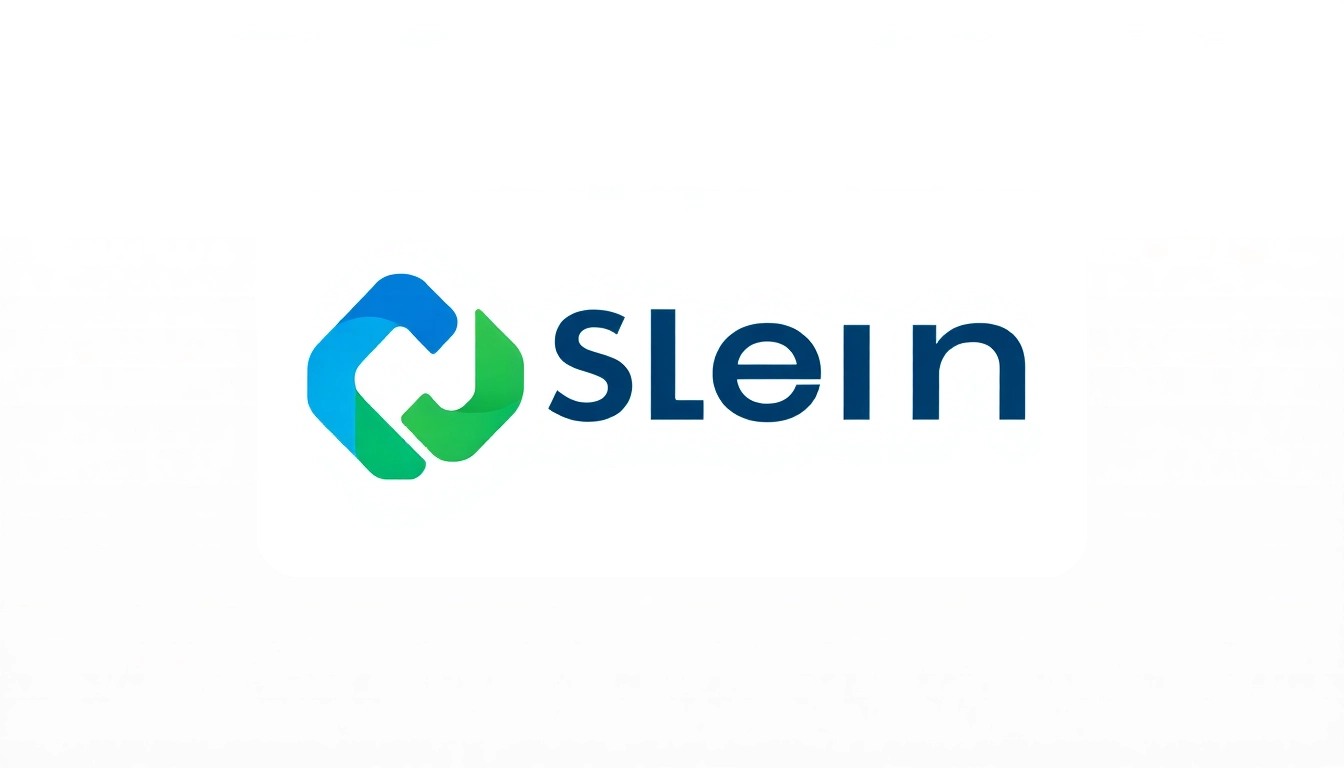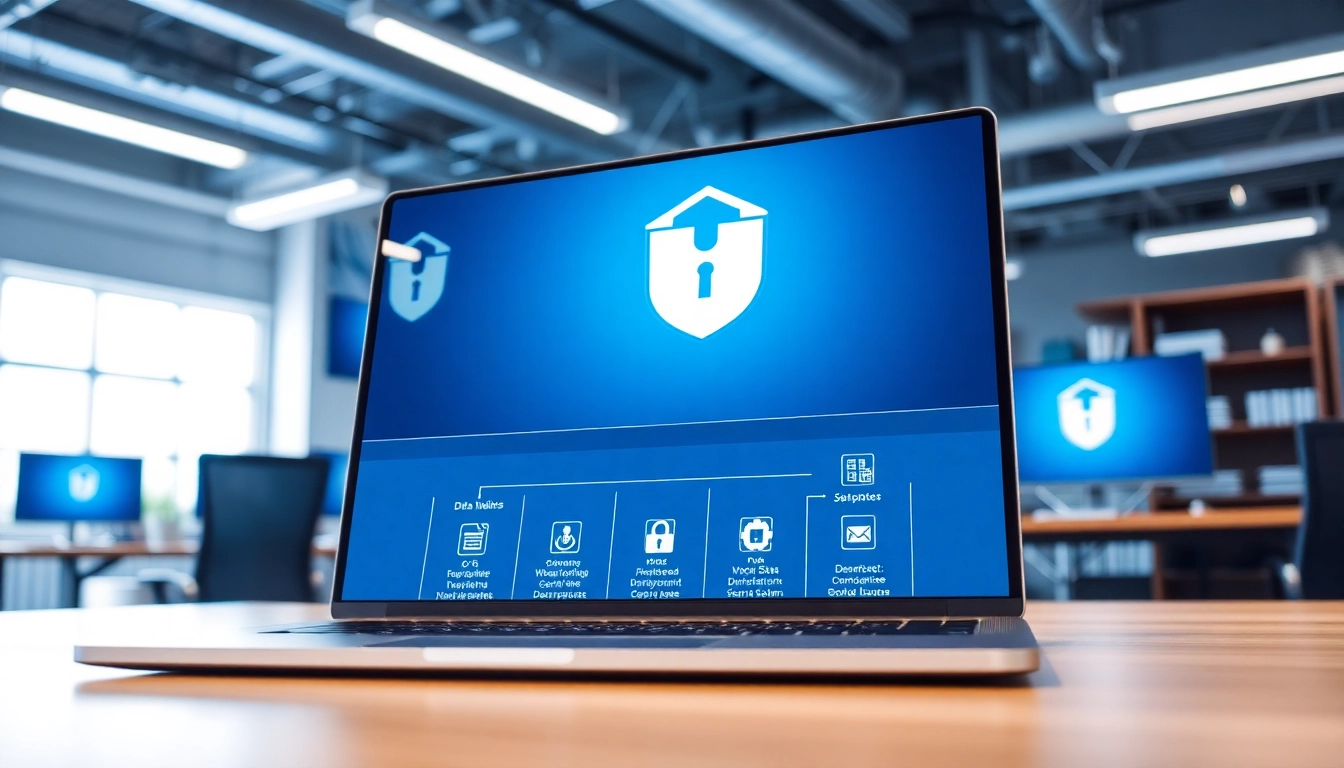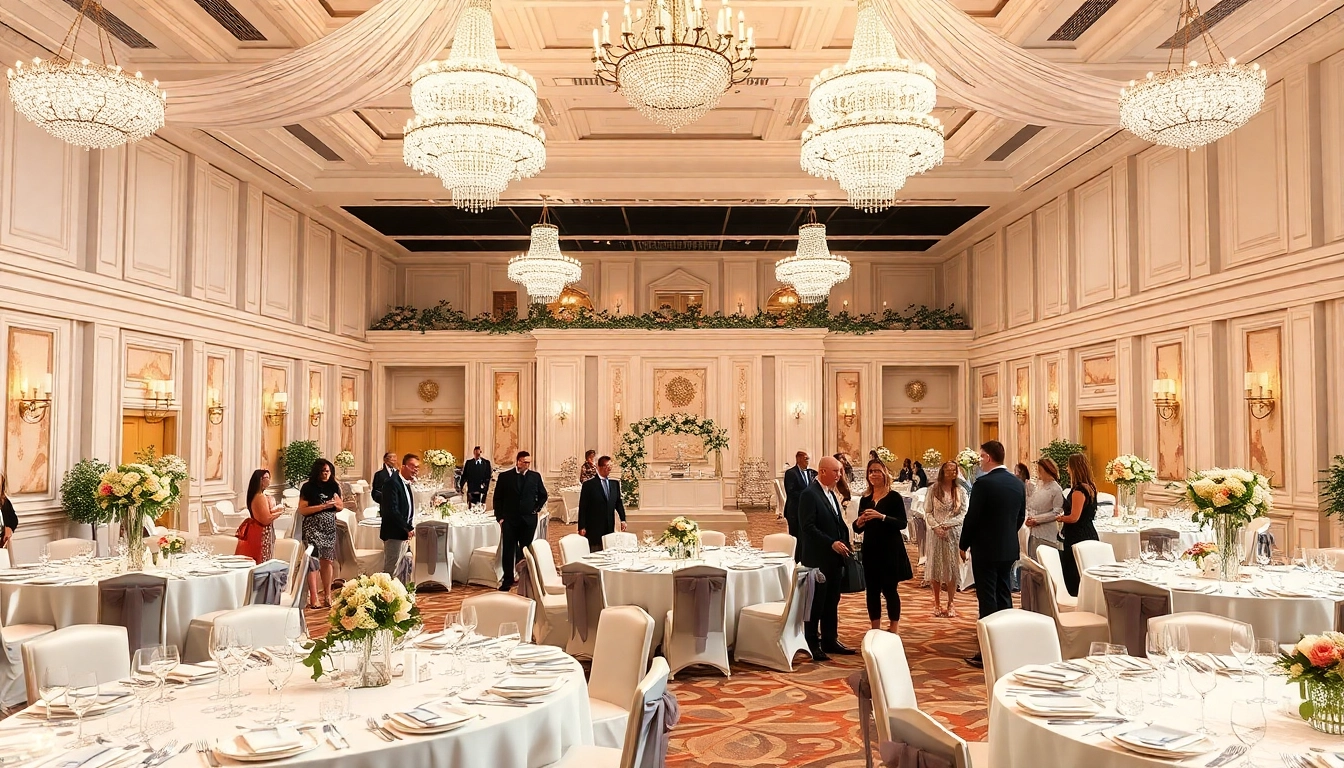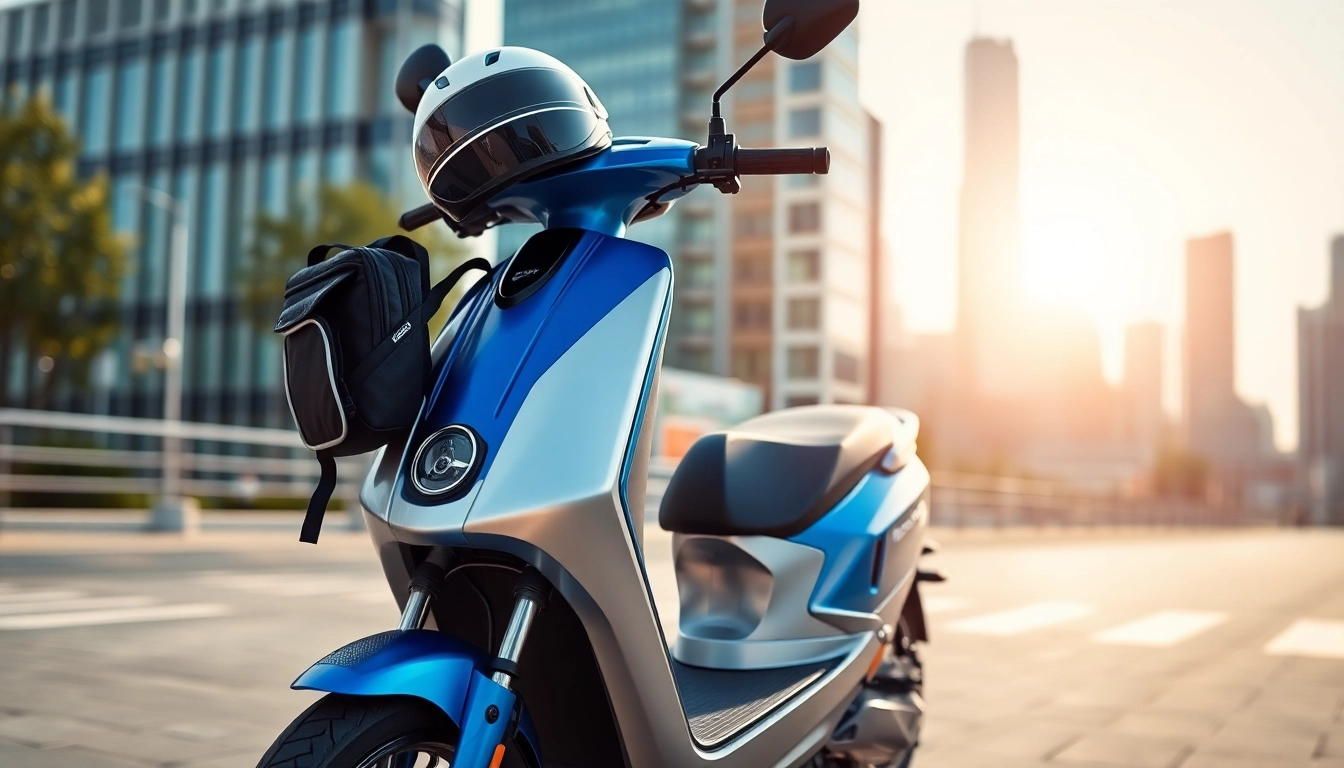Understanding Custom Logo Design
In the business world, branding is a crucial factor that distinguishes your enterprise from competitors. Central to this branding is your Custom Logo Design, which serves as the face of your business, conveying its values, mission, and essence to customers. In today’s digital age, where first impressions often come from online interactions, having a well-crafted logo is more important than ever. This article will delve deep into what constitutes custom logo design, its relevance, core elements, and how it can elevate your brand identity.
What is Custom Logo Design?
Custom logo design refers to the creation of a unique emblem that identifies a business and differentiates it from others. Unlike generic logos or templates, custom logo designs are tailored to the specific character and ethos of a brand. These designs can incorporate various elements including symbols, typography, colors, and shapes, all selected based on the target audience, industry trends, and brand philosophy. The essence of custom logo design lies not just in aesthetics but also in strategic relevance—creating a visual identity that resonates deeply with the business’s core principles.
The Importance of a Unique Logo
A unique logo is invaluable for a multitude of reasons. Firstly, it fosters brand recognition; consumers are more likely to remember an identifiable logo when making purchase decisions. Secondly, a distinctive logo imbues your brand with credibility. It signals professionalism and attention to detail, attributes that customers often seek in credible businesses. Furthermore, logos can tell a story—conveying the history and values of a company in a glance, fostering an emotional connection with the audience. In a saturated market, a memorable logo is often the key to standing out in a crowd.
Key Elements of Effective Logo Design
Effective logo design comprises several principal elements, each contributing to the logo’s overall impact. These include:
- Color: Colors evoke emotions and can convey different meanings. For instance, blue often represents trust and reliability, whereas red can evoke excitement and passion.
- Typography: The typeface impacts readability and conveys the personality of the brand. A bold font can convey strength, while a handwritten style can suggest approachability.
- Shape: Different shapes carry symbolic meanings. Circles often represent unity and harmony, while angular shapes like triangles can convey stability and strength.
- Simplicity: A simple logo is easier to remember and versatile across various platforms, from business cards to websites.
Choosing the Right Custom Logo Design Service
Once you understand the nuances of custom logo design, the next step involves selecting a reliable logo design service. The right choice will depend on various factors, including the complexity of your design needs and budget considerations.
Factors to Consider When Selecting a Logo Designer
When choosing a logo designer, consider the following factors:
- Experience: A designer with a robust portfolio and relevant experience can better understand your needs and produce a fitting logo.
- Style: Review the designer’s past work. Does it align with the vision you have for your brand?
- Process: Inquire about their design process. Do they follow a structured approach, including research, brainstorming, and revisions?
- Client Support: Choose a designer who communicates clearly and responds promptly to inquiries—good communication is vital for a fruitful collaboration.
Comparing Pricing and Packages for Custom Designs
The cost of custom logo design can vary significantly, influenced by the designer’s reputation, expertise, and the project’s complexity. Budgets can range from a few hundred to several thousand dollars. It’s essential to compare different packages and understand what each offers. Some designers may provide comprehensive branding packages that include everything from color palettes to typography, while others may only focus on logo creation. Evaluating these aspects will help determine if the price correlates with the value provided.
Evaluating Designer Portfolios for Quality and Style
A designer’s portfolio is a direct reflection of their skill level and style. Review their past work closely to see if they capture the essence of various brands effectively. Pay attention to factors like:
- Variety: Does the designer showcase a range of styles, indicating adaptability?
- Success Stories: Look for case studies or testimonials from previous clients that highlight the designer’s impact.
- Consistency: Ensure that the quality of work remains high across different projects.
Steps to Create Your Custom Logo Design
Creating a custom logo involves a series of steps that encompass brainstorming, crafting, and refining the design. Thoroughly engaging with each phase enhances the logo’s overall efficacy.
Brainstorming and Conceptualizing Ideas
The first step in any design process is brainstorming. Collect inspiration from various sources, including competitor logos, design websites, and mood boards. Ask yourself questions such as:
- What message do I want my logo to convey?
- Who is my target audience?
- What colors and styles resonate with my brand’s values?
Collecting feedback from stakeholders during this phase can also yield valuable insights to refine your concepts.
Using Design Tools and Software
Once you have a concept, utilizing design tools to bring your ideas to life is the next step. There are many software options available, ranging from professional tools like Adobe Illustrator to user-friendly platforms such as Canva. While professional software offers advanced features and flexibility, online tools can be ideal for individuals with limited graphic design experience. Emphasize exploration and experimentation at this stage; don’t hesitate to try different approaches and layouts.
Gathering Feedback and Making Revisions
Feedback is vital at every design stage. Once you have a few solid designs, gathering input from peers, potential customers, or professional consultants can provide diverse perspectives. Constructive criticism can identify areas that may need improvement, whether related to color choices, typography, or overall compositional balance. Based on this feedback, iterate on your designs until you arrive at a logo that satisfies both your vision and your audience’s expectations.
Realizing Brand Identity Through Custom Logo Design
A logo is much more than just a design; it plays an integral role in defining your brand identity. Therefore, it’s crucial to ensure that your logo is aligned with the overall brand message and strategy.
Aligning Logo Design with Brand Values
Your logo should capture the essence of your brand values and mission. This alignment ensures that every time a potential customer sees your logo, they are reminded of what your brand stands for. Conduct an audit of your brand values and ensure these are reflected in your logo’s design choices, from color to shape to typography. For example, a sustainable brand may utilize green hues and earthy shapes to underscore its commitment to environmental responsibility.
Integrating the Logo Across Marketing Channels
Once your logo is designed, it must be seamlessly integrated across all marketing channels. Inconsistency can lead to brand confusion. Ensure that your logo is used uniformly across all platforms, including your website, social media, brochures, and merchandise. Consider creating a brand style guide that outlines how and where to use your logo, including size specifications, color codes, and typography pairings.
Measuring the Impact of Your New Logo
Understanding the impact of your new logo involves tracking key performance indicators (KPIs). You can monitor brand recognition through various methods, such as customer surveys and brand recall tests. Additionally, observe changes in engagement metrics on social platforms and website analytics following the logo release. These insights can inform future branding efforts and design revisions, allowing you to craft a logo that evolves alongside your business.
Advanced Techniques and Trends in Logo Design
As design principles and trends evolve, it’s essential to remain informed about modern aesthetic trends and advanced techniques in logo design to keep your brand relevant.
Exploring Modern Aesthetic Trends
Graphical trends are in constant flux, influenced by cultural and technological changes. Some contemporary trends include:
- Minimalism: Emphasizes simplicity and functionality, often resulting in logos that are clean and unembellished.
- Geometric Shapes: Use of precise shapes to convey structure and order, which can resonate with tech-savvy audiences.
- Responsive Logos: Logos designed to adapt to various screen sizes and formats, ensuring brand consistency across devices.
Incorporating these trends thoughtfully—without sacrificing your brand’s uniqueness—can enhance your logo’s timelessness.
The Role of AI in Custom Logo Design
Artificial intelligence is transforming the logo design landscape. Tools powered by AI can generate logo concepts based on user inputs, significantly speeding up the design process. However, while AI can assist in generating ideas, human creativity remains irreplaceable, especially for businesses seeking to communicate their unique identity. Leveraging AI tools should be a supplementary process to the human-centered design for effective results.
Future-Proofing Your Logo for Long-Term Use
Designing a future-proof logo involves considering how the logo will adapt over time. This includes being mindful of trends that may fade and ensuring that the structure of your logo retains its integrity across evolving design landscapes. Regularly revisit your logo to assess whether it still aligns with your brand’s mission and market context. In doing so, you can ensure relevance without frequent overhauls, which can confuse your audience.















Leave a Reply